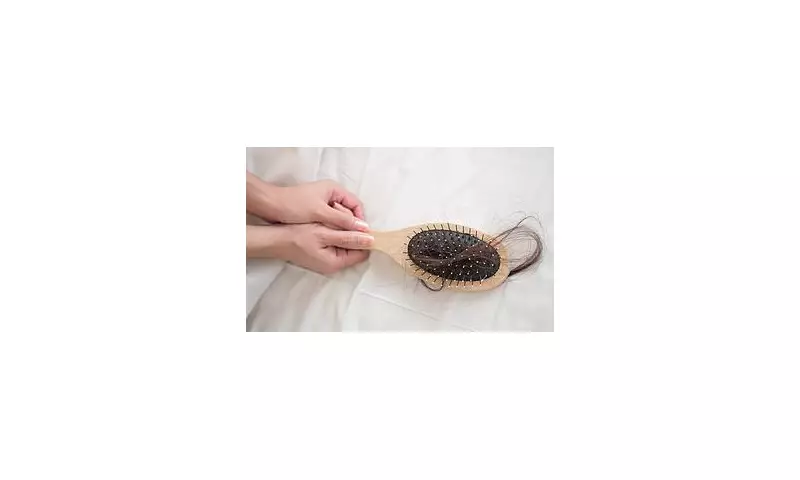
As the leaves begin to turn and temperatures drop, many Britons are noticing an unwelcome seasonal change - increased hair shedding. According to leading trichologists, this phenomenon is more common than most people realise and often follows natural growth cycles.
The Science Behind Seasonal Shedding
Trichologist Anabel Kingsley explains that humans, much like other mammals, experience periods of increased hair loss corresponding with seasonal changes. "We tend to shed more in the autumn months," she confirms. "This is completely normal and usually temporary."
Research suggests that during late summer and early autumn, more hairs enter the telogen (resting) phase of the growth cycle. This results in increased shedding approximately 2-3 months later, typically peaking around November.
When Should You Be Concerned?
While seasonal shedding is normal, experts warn that persistent hair loss beyond 6-8 weeks might indicate underlying health issues. Nutritional deficiencies, stress, hormonal changes or medical conditions could be contributing factors.
"If you're losing more than 100 hairs per day consistently or noticing visible thinning, it's worth consulting a professional," advises Kingsley.
Practical Tips to Manage Seasonal Shedding
- Maintain a nutrient-rich diet with adequate protein, iron and B vitamins
- Manage stress levels through relaxation techniques
- Gentle hair care practices avoiding excessive heat styling
- Regular scalp massages to stimulate circulation
- Consider supplements like biotin or collagen after medical consultation
Most importantly, remember that seasonal hair shedding is usually temporary. Your hair growth should return to normal within a few months as part of its natural cycle.





